Godspeed, Lou Reed. You were king of them all.
Essay: “What Lou Reed Taught Me”
+

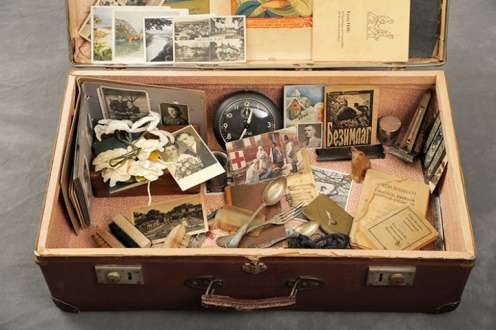 When patients were committed to the Willard Asylum for the Insane in Upstate New York, most arrived with a suitcase packed with whatever possessions they thought they might need for their time inside.
When patients were committed to the Willard Asylum for the Insane in Upstate New York, most arrived with a suitcase packed with whatever possessions they thought they might need for their time inside.
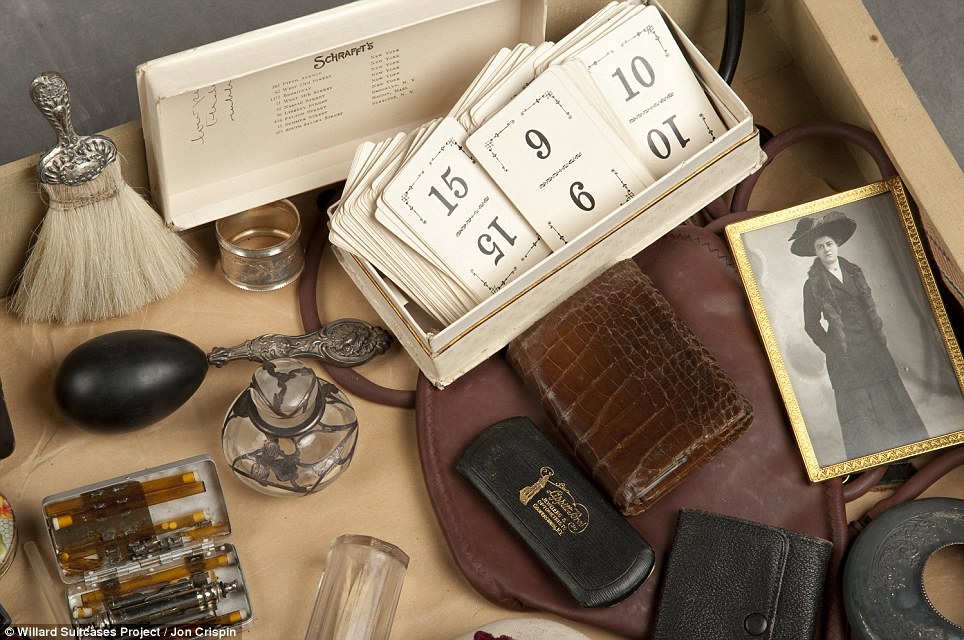


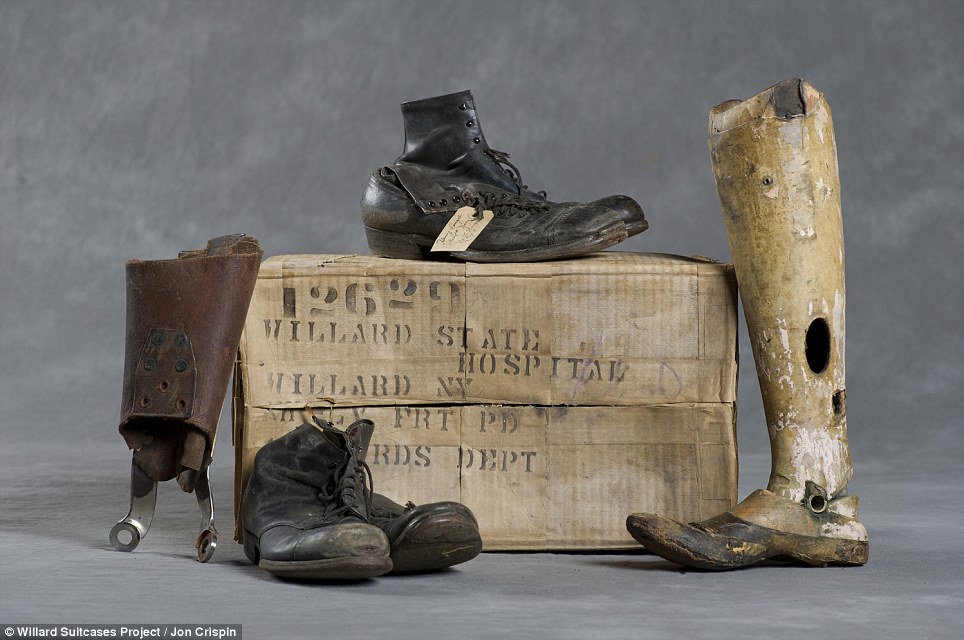 Willard inmates were committed any number of reasons including epilepsy, “promiscuity,” postpartum or menopausal depression, homosexuality, “shell shock,” “disobedience,” and the like.
Willard inmates were committed any number of reasons including epilepsy, “promiscuity,” postpartum or menopausal depression, homosexuality, “shell shock,” “disobedience,” and the like.

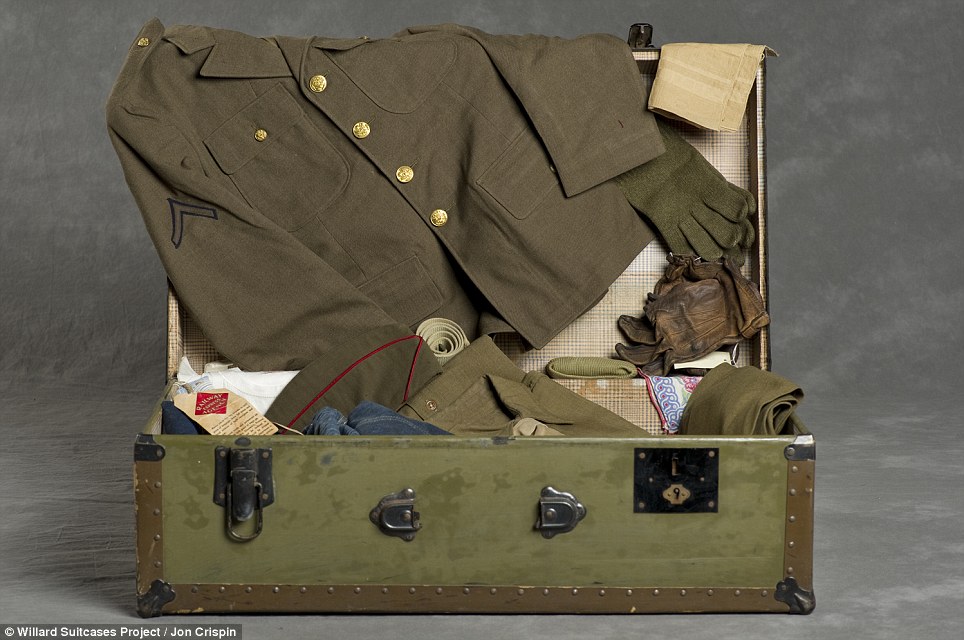
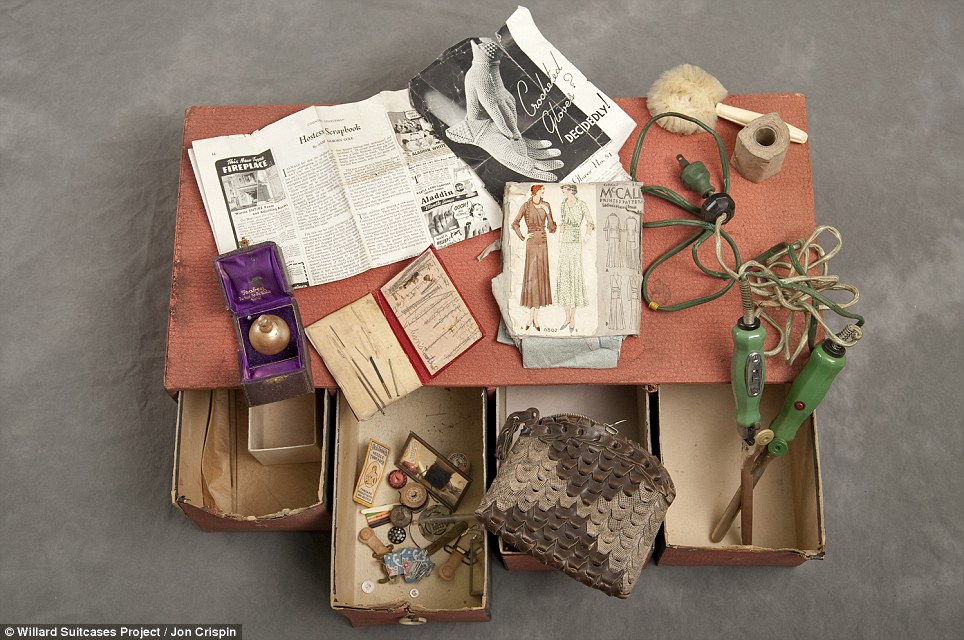
 Many were committed by family members, and most never left.
Many were committed by family members, and most never left.
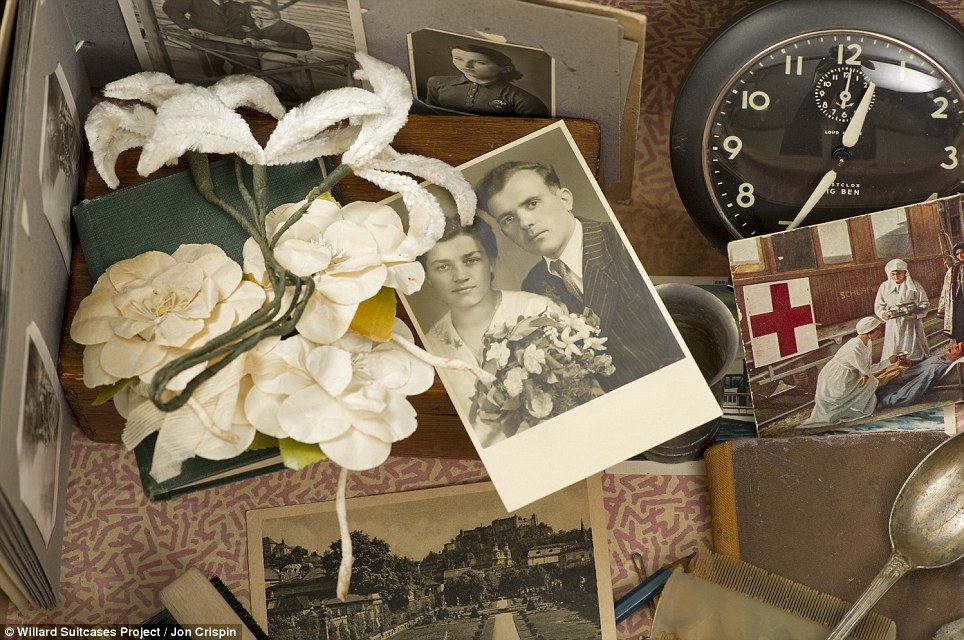 The average patient stay at Willard lasted for 30 years, & when those patients died, they were buried in graves across the street from the asylum, their suitcases locked in an attic & forgotten.
The average patient stay at Willard lasted for 30 years, & when those patients died, they were buried in graves across the street from the asylum, their suitcases locked in an attic & forgotten.
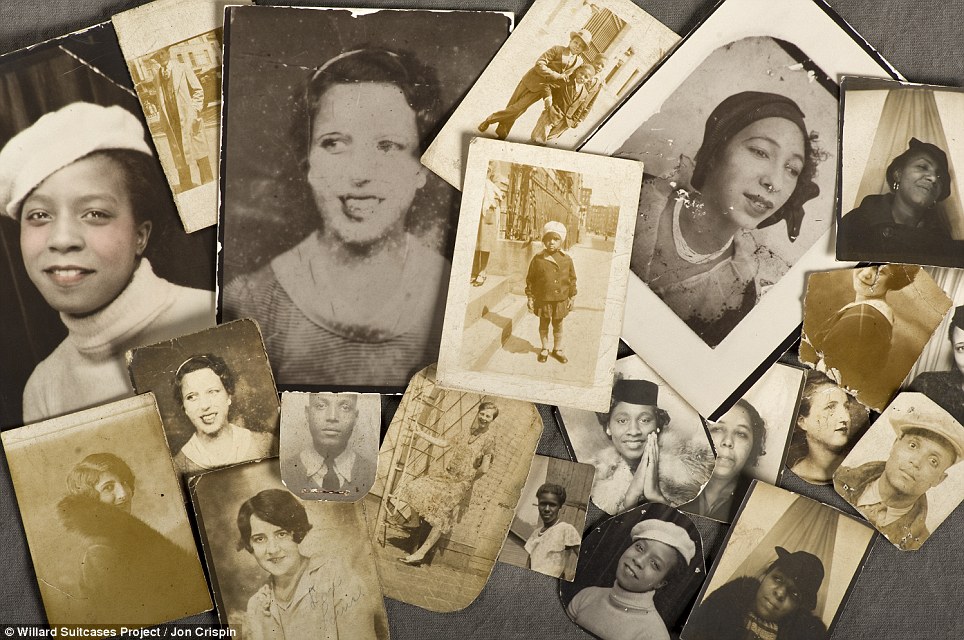
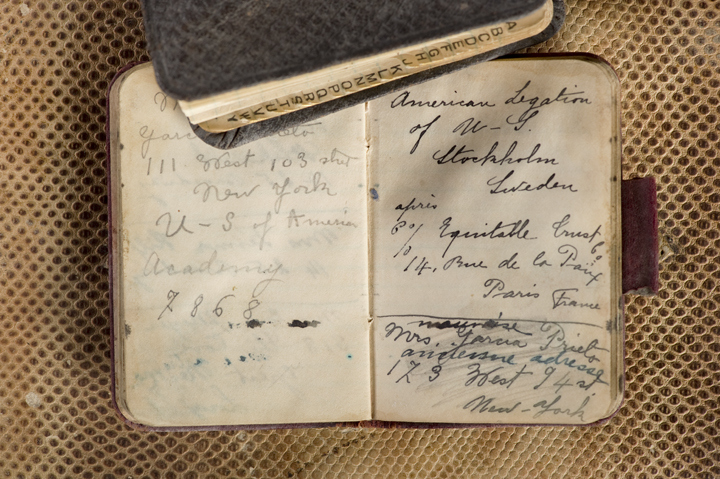
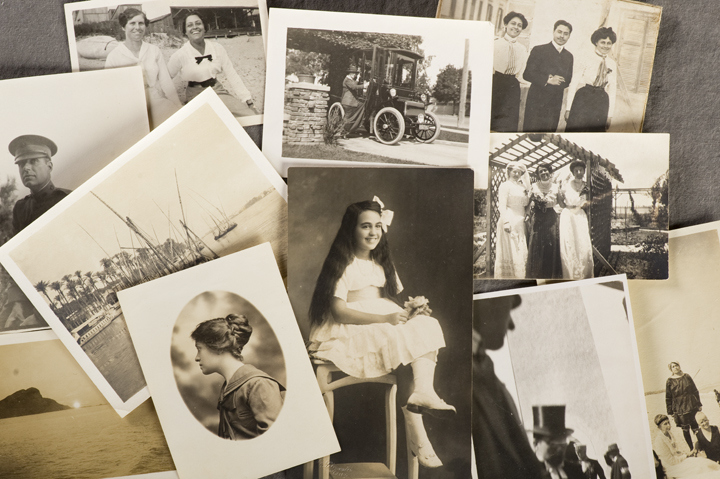
In 1995, an employee of the mental hospital discovered 400 of those suitcases, dating from 1910 to 1960.
 Photographer Jon Crispin’s photographs of those suitcases and their contents are currently featured as part of an exhibit at the San Francisco Exploratorium, ‘The Changing Face of What is Normal.’
Photographer Jon Crispin’s photographs of those suitcases and their contents are currently featured as part of an exhibit at the San Francisco Exploratorium, ‘The Changing Face of What is Normal.’
This is for the kids who die,
Black and white,
For kids will die certainly.
The old and rich will live on awhile,
As always,
Eating blood and gold,
Letting kids die.
Kids will die in the swamps of Mississippi
Organizing sharecroppers
Kids will die in the streets of Chicago
Organizing workers
Kids will die in the orange groves of California
Telling others to get together
Whites and Filipinos,
Negroes and Mexicans,
All kinds of kids will die
Who don’t believe in lies, and bribes, and contentment
And a lousy peace.
Of course, the wise and the learned
Who pen editorials in the papers,
And the gentlemen with Dr. in front of their names
White and black,
Who make surveys and write books
Will live on weaving words to smother the kids who die,
And the sleazy courts,
And the bribe-reaching police,
And the blood-loving generals,
And the money-loving preachers
Will all raise their hands against the kids who die,
Beating them with laws and clubs and bayonets and bullets
To frighten the people—
For the kids who die are like iron in the blood of the people—
And the old and rich don’t want the people
To taste the iron of the kids who die,
Don’t want the people to get wise to their own power,
To believe an Angelo Herndon, or even get together
Listen, kids who die—
Maybe, now, there will be no monument for you
Except in our hearts
Maybe your bodies’ll be lost in a swamp
Or a prison grave, or the potter’s field,
Or the rivers where you’re drowned like Leibknecht
But the day will come—
You are sure yourselves that it is coming—
When the marching feet of the masses
Will raise for you a living monument of love,
And joy, and laughter,
And black hands and white hands clasped as one,
And a song that reaches the sky—
The song of the life triumphant
Through the kids who die.
The desire to trace one’s way back to the very beginning, to understand everything — whether the nature of “love” or the mechanics of the universe — is both deeply human & perhaps deeply flawed. In this short audio story, hear a writer & two physicists grapple with versions of the same question: is it possible to understand everything, or do the answers to our questions always lead to more questions? Jenny Hollowell kicks things off with her short story “A History of Everything, Including You,” then Brian Greene discusses the ways in which the latest developments in theoretical physics spell a crisis for science — where we find we’ve reached the limit of what we can see and test, and are left with mathematical equations that can’t be verified by experiment or observation.